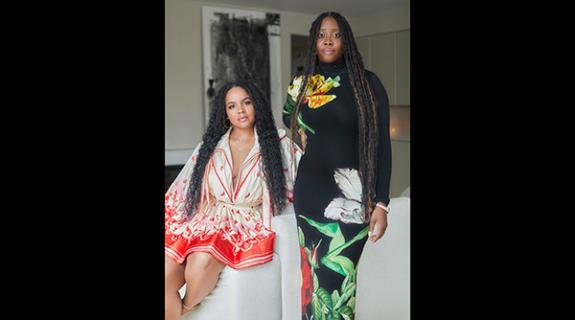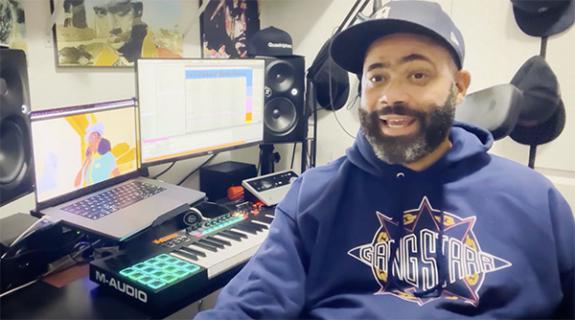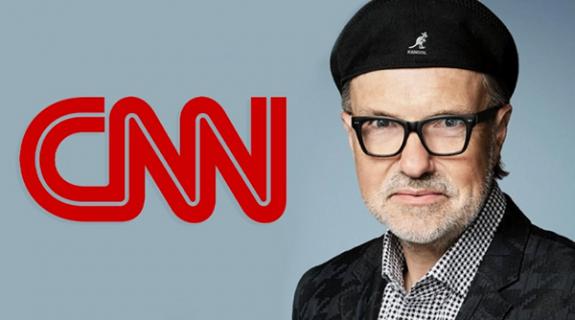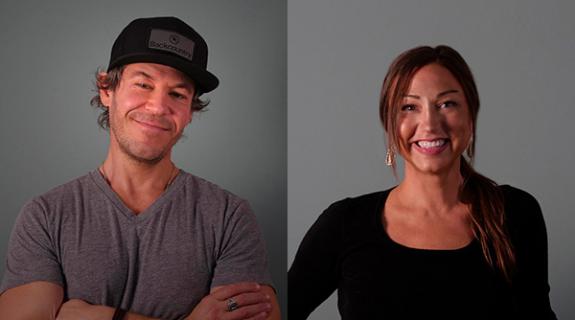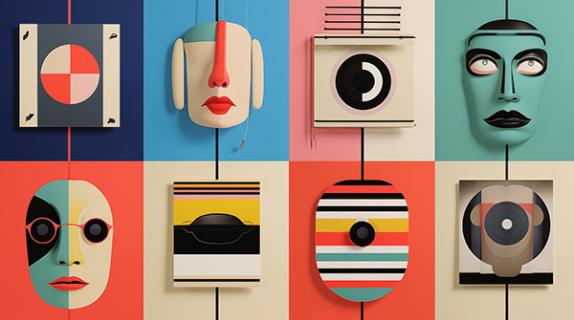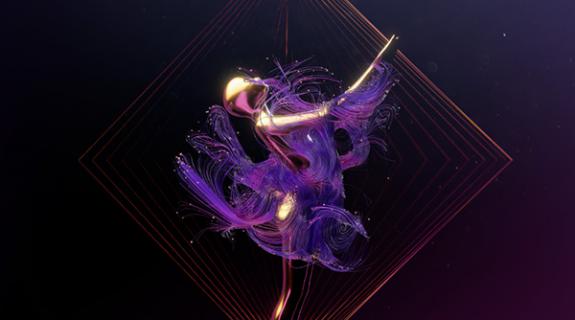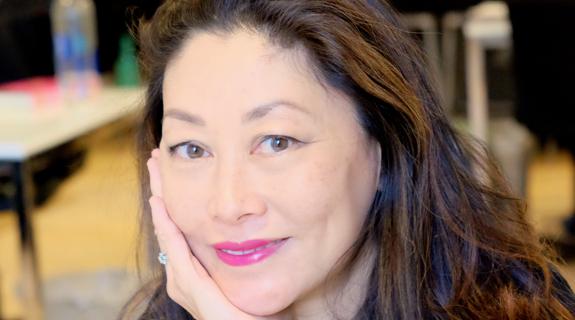If you’ve kept your iPhone updated to the latest version, you now have over 300 ways to add emotional context to your text-based communications. Welcome the new emoji set.

You can pick a race, or at least a color. Now you can fist-bump your love for Empire in a choice of six racially diverse skin tones, from chocolaty black to velvety mochaccino to Simpsons yellow – in case you’re a cartoon character, or just like your emojis old school.


In terms of cultural sensitivities, this new fleet still keeps the bar pretty low based on the staying power of the “Man with Turban” emoji, but I applaud the expanded representation of same-sex couples with and without kids (still only available in standard yellow, however).
Is this progress? Is this offensive? Is this diversity?
To answer the last question, we have to ask ourselves what we mean by “Diversity.” Google it and you will find pretty tame definitions alluding to variety, range and being different together.
However, as anyone in the corporate world will acknowledge, since its inception “Diversity” has really been about a white Boomer majority focused on elevating non-white “others” who lack power. And for decades, it has done the heavy lifting in terms of getting folks to recognize that the workplace should be more reflective of society at large. The results have been uneven, but efforts have been largely positive in driving awareness and representation. But now it’s time to rethink it.

While the ambitions of “Diversity” are still important today, the very concept itself has become outdated in a culture where millennials and Hispanics are outpacing growth and gaining influence in very loud, clear and powerful ways – overindexing in social media and mobile usage, for example. Their ascendance is shifting the paradigm, so the way we talk about things must as well.
Millennials are not only the most educated generation this planet has ever seen; they’re also the most culturally inclusive and socially-minded group in the U.S. today. For them, (small d) diversity is a given, and (big D) Diversity codes as a antiquated view of the world. (“Multicultural” has the same issues.)
So let’s talk about inclusion. Or rather, “Inclusion.”
From a cultural perspective, Inclusion is a concept that looks at the world from the collective point of view of people who traditionally have NOT been the majority – i.e., blacks, Latinos, Asians, Native groups, etc., but also millennials, GenXers, LGBT, the disabled, folks on the spectrum, etc. – in addition to white voices. In other words, all of the human beings who happen to call the same planet home.
The CW’s Peabody-winning Jane the Virgin is a great case in point. Gina Rodriguez’s bicultural character leans into her Latina heritage in nonchalant and normalized ways – navigating the tension between her faith-abiding grandmother and her millennial reality – i.e., normal people issues. She’s able to skirt stereotypes and bring a refreshing uniqueness to a role that unapologetically doesn’t point up, or tone down, any edges. Some people like to call it “authenticity,” but I say it’s about inclusion.

Inclusion celebrates the principle that communities are formed by individuals, not segmented by differences. That no matter how much you can group people by obvious markers like skin tone, age or income, there is an equally diverse range of difference within.
The Hispanic population is a great example. As one of the most racially diverse ethnic groups in the U.S., there are Latinos of Black, Asian, White and Native descent who often don’t look like one another, much less traditional media representations. Often their names don’t seem like “typical” Hispanic names, either – take Louis C.K., Oscar Isaac and Lupita Nyong’o, for example.



Yet, despite some claims of living in a post-racial world, we know that racial strife and social injustice are glaring hot buttons in society today. We need a new perspective for new times. Thanks to the infinite array of voices we’re exposed to via digital media, we can stop dividing things into reductive silos and labels, and start unifying people through common values, interests and goals instead.
So let’s blow up the pie charts, and start mapping ecosystems. Let’s stop using old words to convey new mindsets. Let’s start including and not segmenting. Let’s move from Us versus Them to WE. Let’s move from knowledge to understanding. Let’s recognize that as much as things can seem to be the same on the outside, we are all inherently unique on the inside as well.
Let’s celebrate a diverse society where everyone feels equally included. And then emoji can finally harness the full color spectrum including blue, purple, green, red and orange to fulfill their true purpose: uniting a diverse and complex range of humans.
Do you think the industry’s efforts toward diversity and inclusion are effective, go too far, or don’t go far enough? Present your POV on the PromaxBDA LinkedIn Group or on Twitter via @PromaxBDA #PromaxBDA and @teamtruthco.

TruthCo. is a cultural branding and insights company, headed by CEO Linda Ong (pictured in top image), that analyzes the current cultural landscape to deliver actionable recommendations that keep entertainment brands and their offerings relevant.
Hear more from Ong at PromaxBDA: The Conference June 9-11 at the JW Marriott at L.A. LIVE.
Tags:



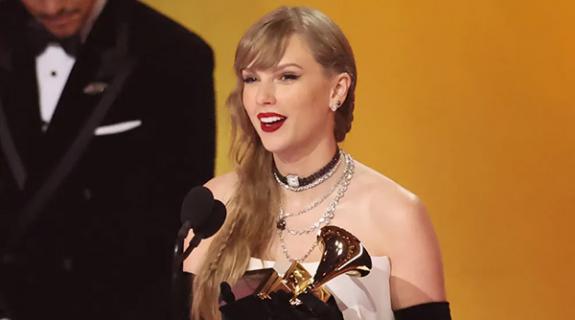
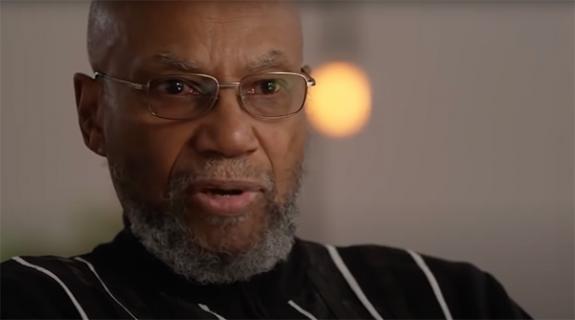
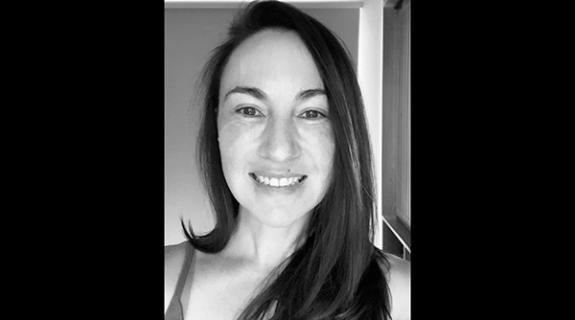
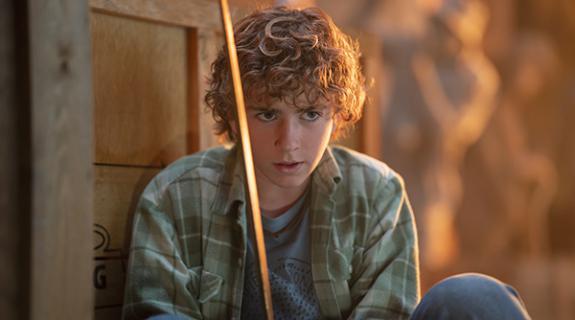
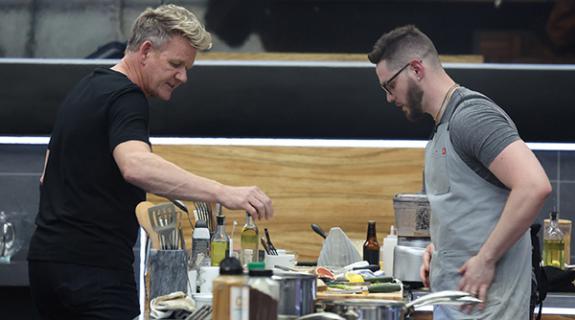
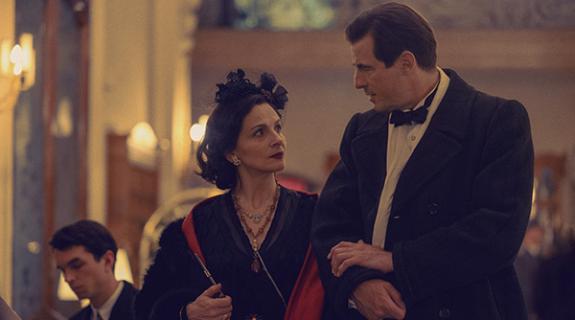
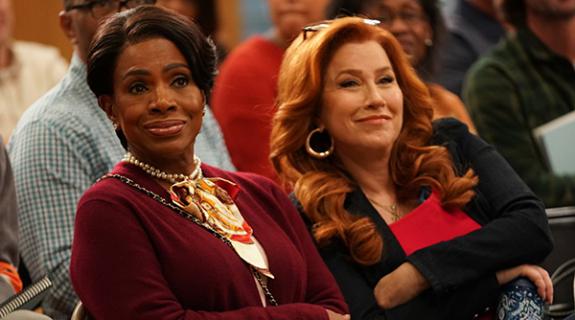

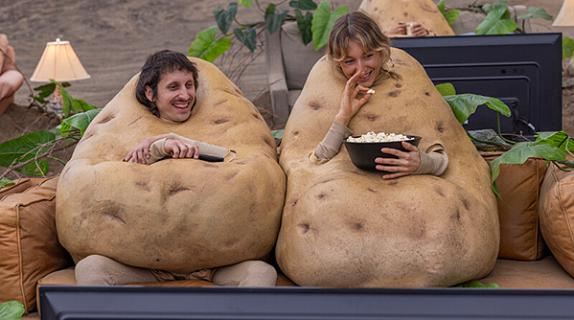
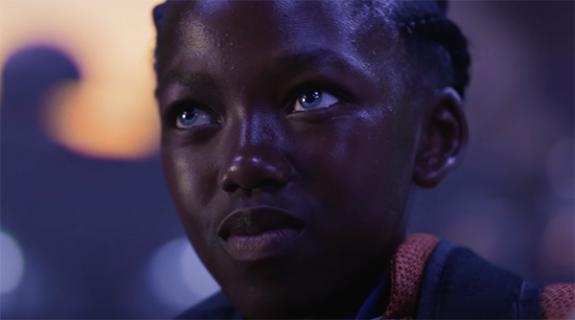
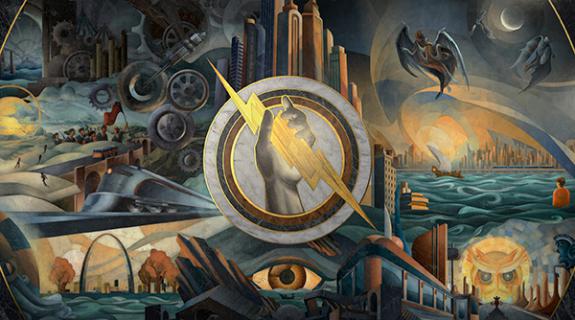
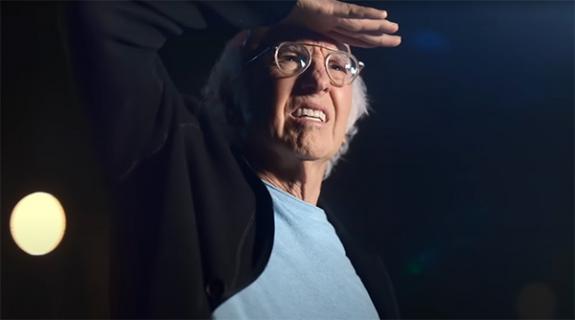


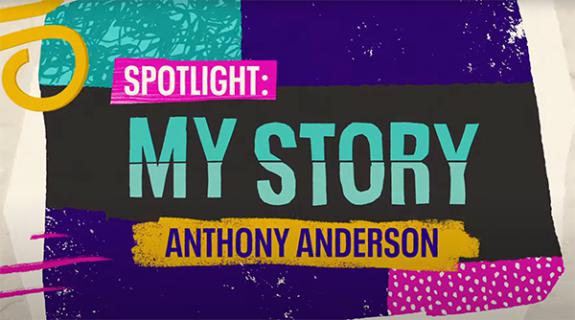
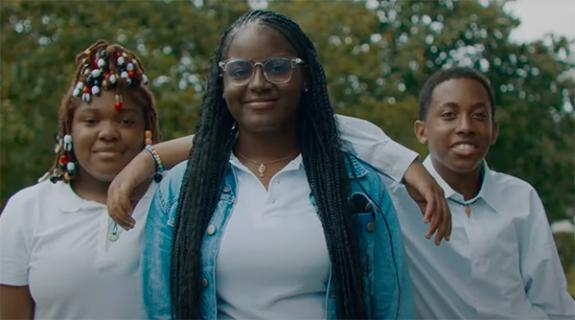


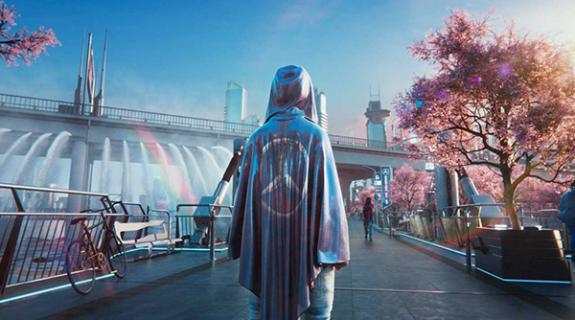
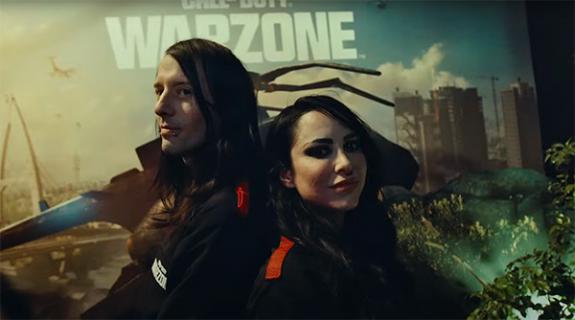
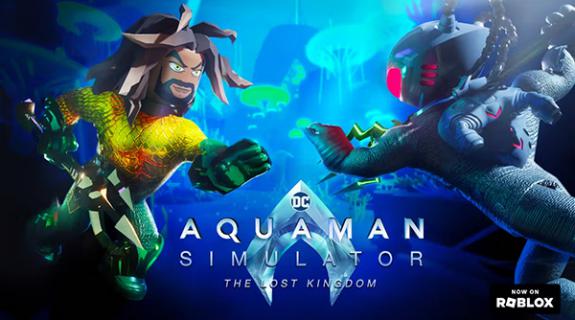
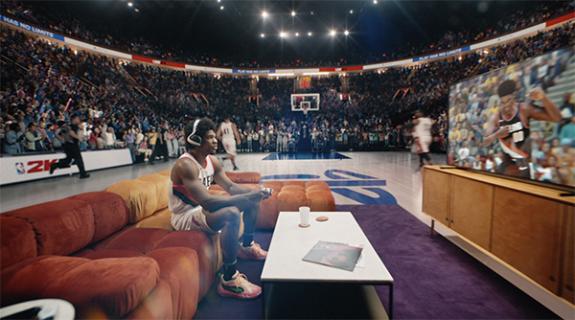
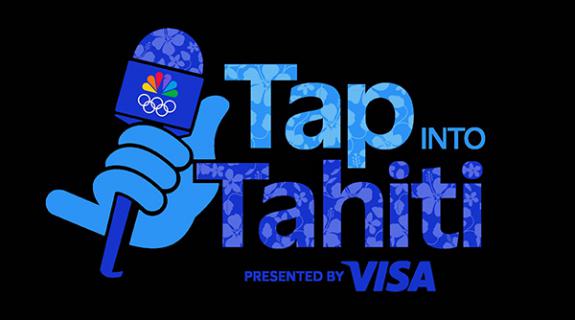
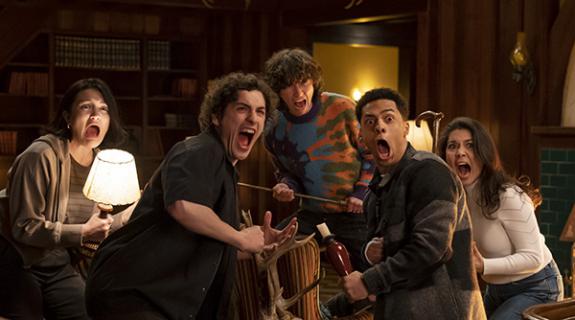
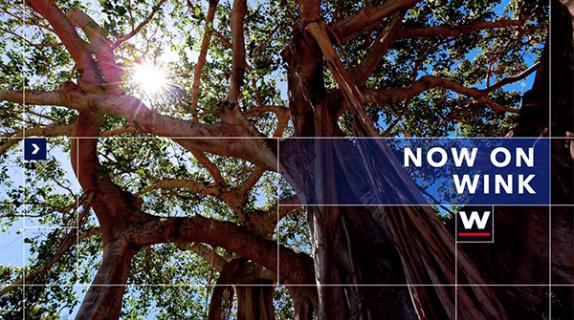

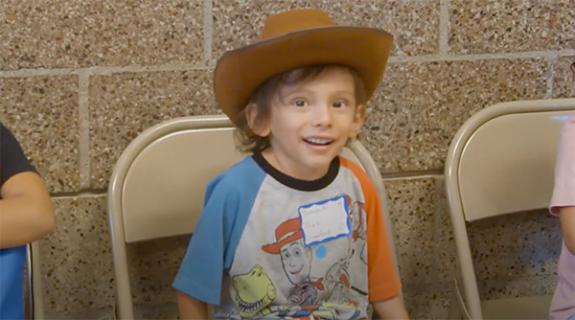
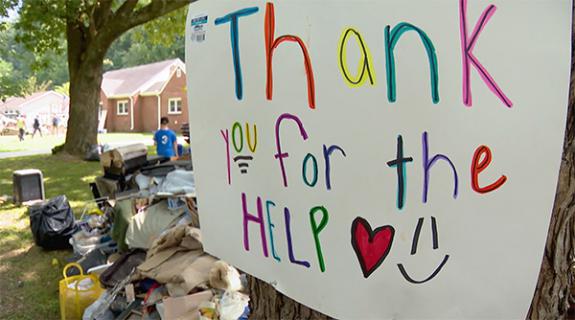


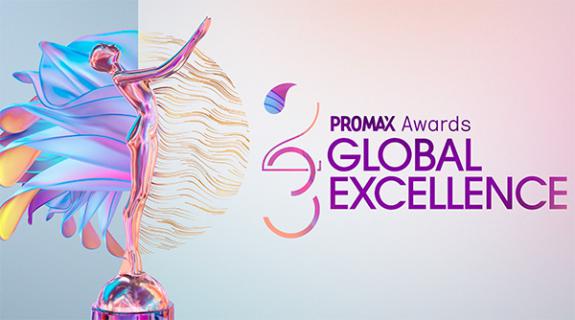

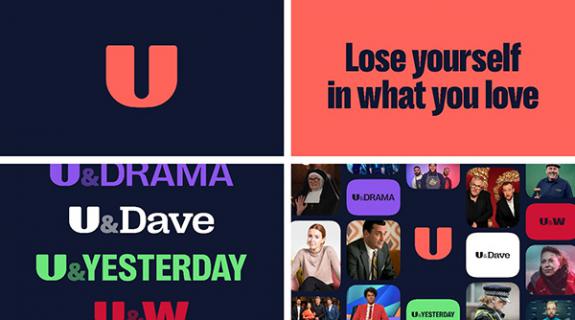






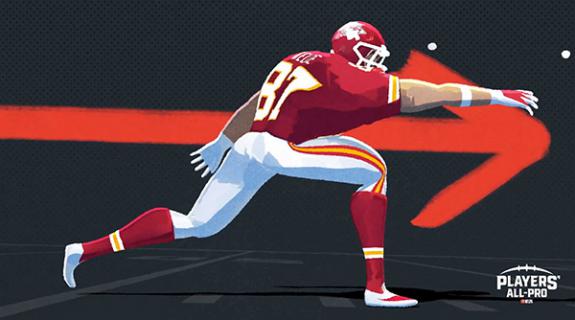
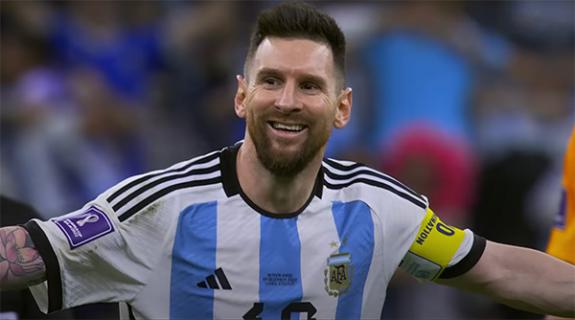
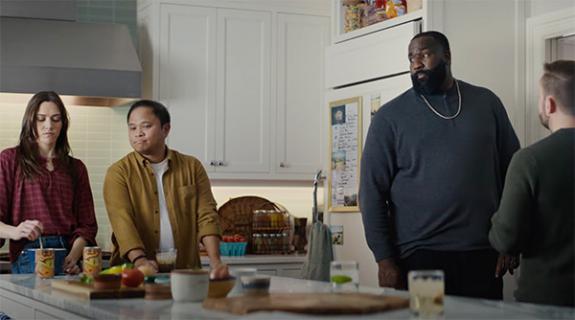
__twocolumncontent.jpg)
